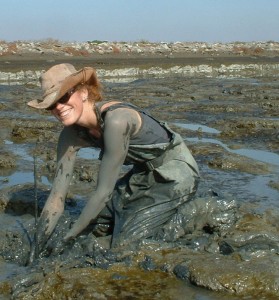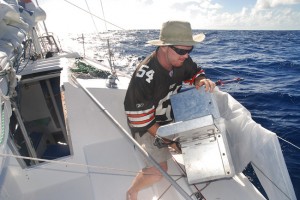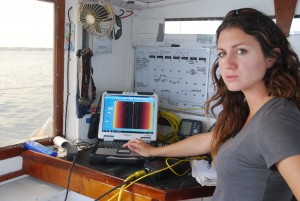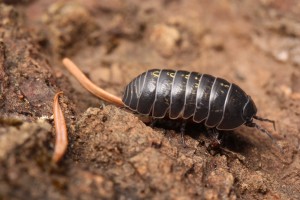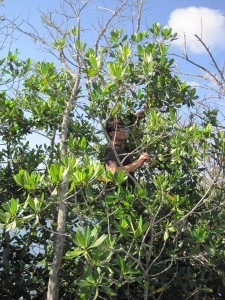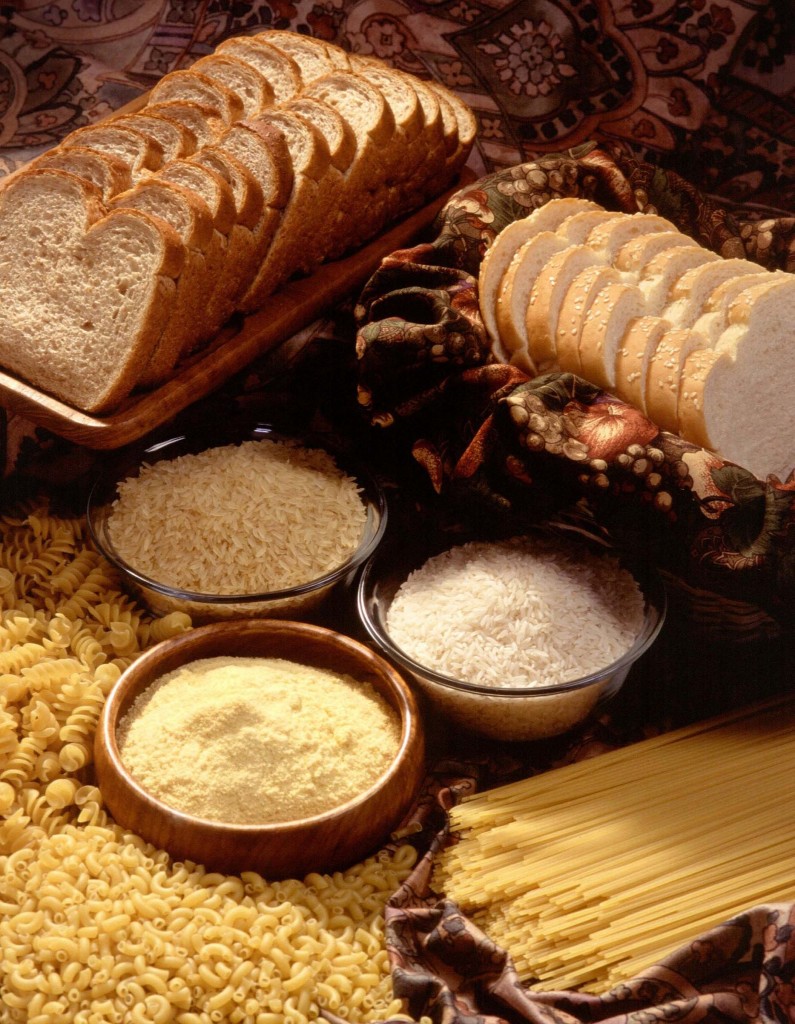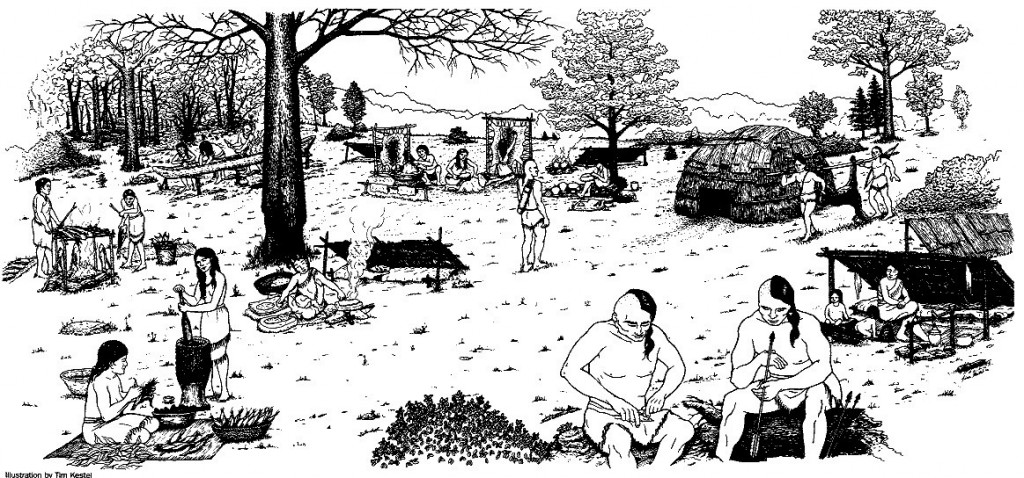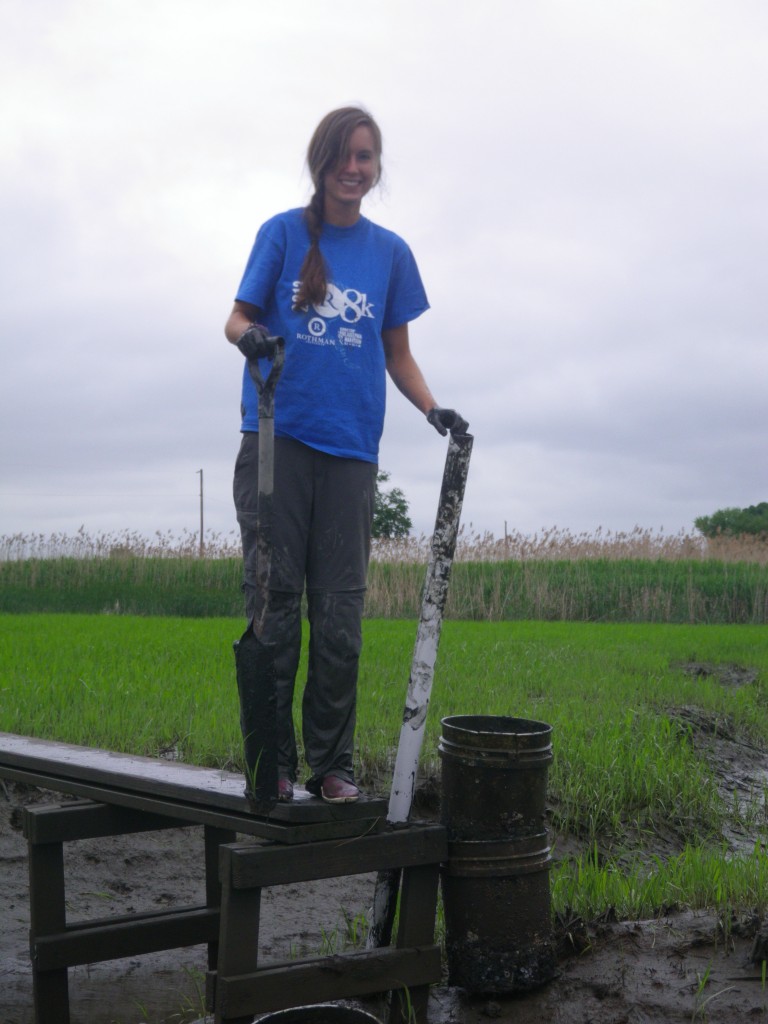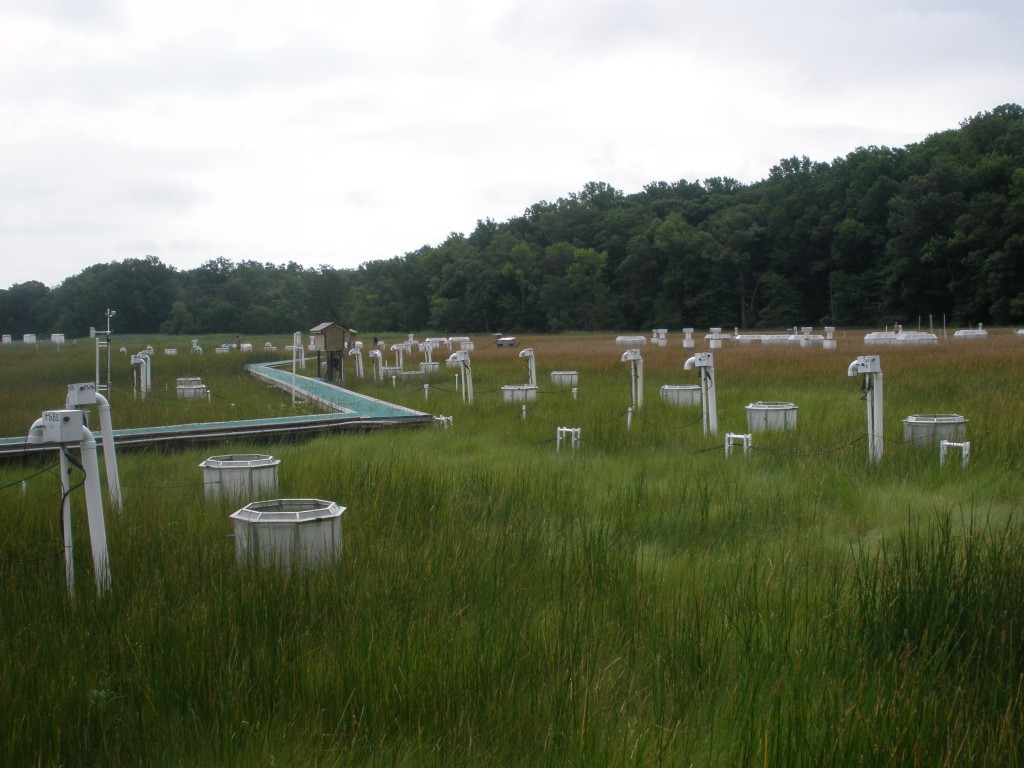by Heather Soulen
The Need for Healthy Marshes
Ten years ago, on August 28, 2005, Hurricane Katrina nicked south Florida and entered the heat-charged waters of the Gulf of Mexico, transforming from a Category 1 hurricane into a super-charged Category 5. In the early morning hours of August 29, it ripped through Louisiana and Mississippi. Thousands died, and hundreds of thousands of homes and businesses were destroyed. Today, much of the Louisiana and Mississippi coasts, and its people, are still recovering from the devastation.
When Katrina hit, some coastal marshes east of the Mississippi River lost approximately 25 percent of their area. In the decade that followed, salt marshes and wetlands in Louisiana have continued to disappear in some places, but not others. The scientific community soon zeroed in on keeping marshes healthy, since, as one scientist remarked “A healthy marsh is pretty resilient, A stressed marsh – storms will physically break the marsh down.” Marshes and wetlands are ecologically and economically important ecosystems. During storms they act like buffers, reducing storm surge and flood damage, but only if they’re healthy. The question is, what factors make a marsh strong or weak?
Click to continue »


